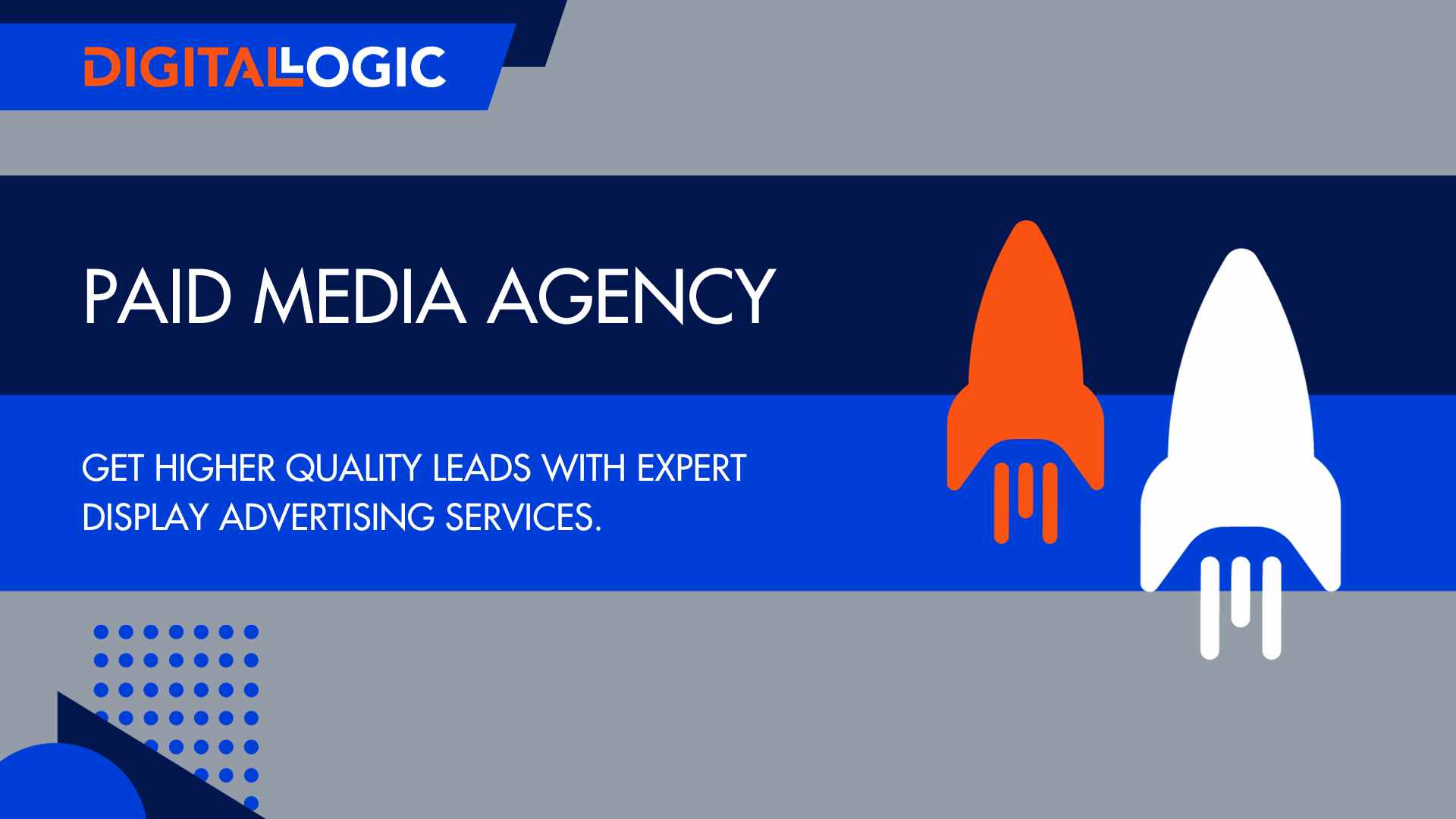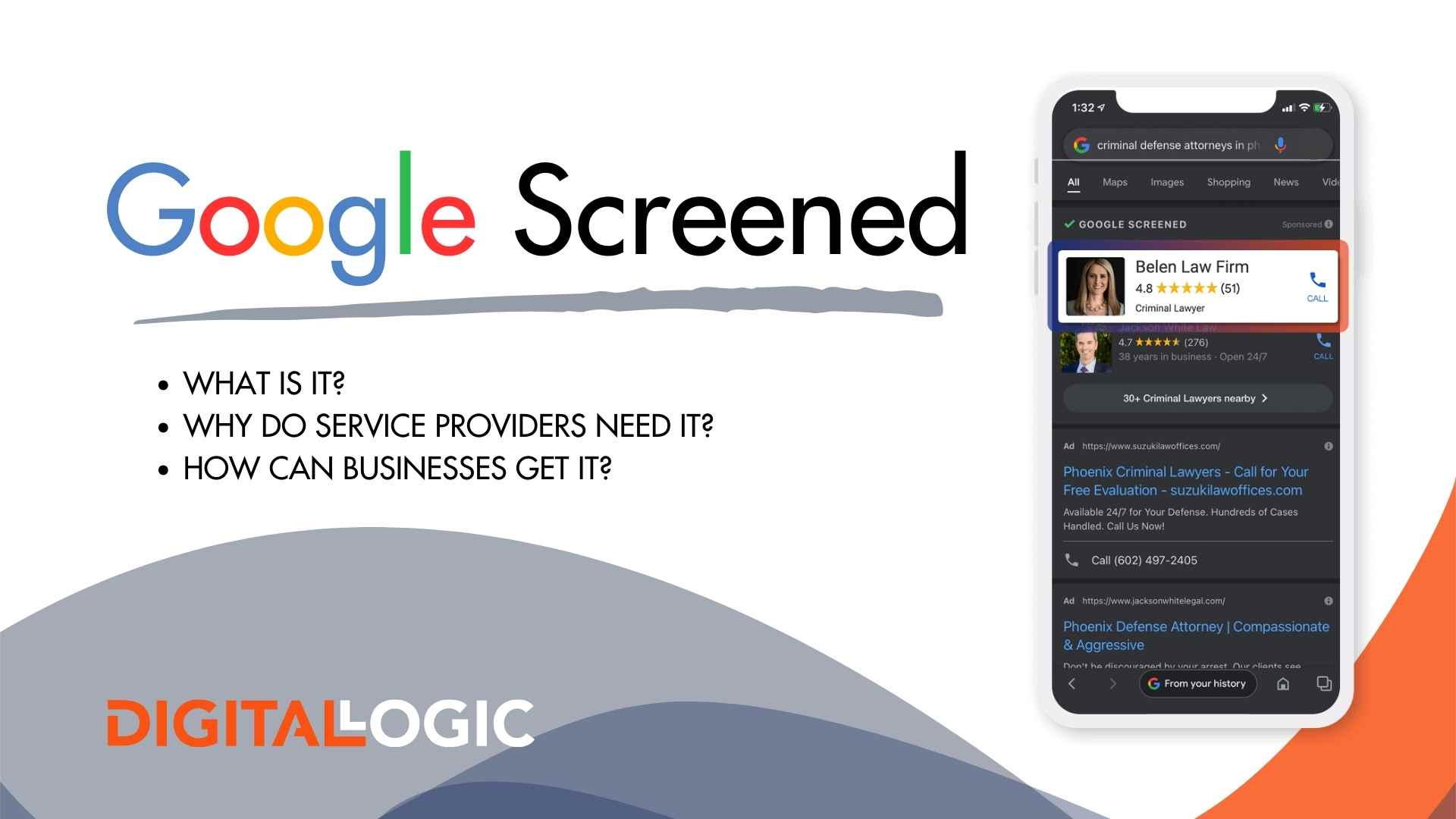Guide to the Digital Customer Journey
Table of Contents
ToggleWhat is a Digital Customer Journey?
If, as a business owner, you’re wondering, “What is the buyer’s journey?” or “What is a customer journey?” You aren’t alone. The buyer’s journey – also known as the digital customer journey (MCI) – describes the entire customer experience from when they realize they have a problem that needs to be solved to when they finally buy a product or service to solve that problem.
There are three main stages that describe customer behavior, and they are the awareness stage, the consideration stage, and the decision stage. Below, we break down the specifics of the entire customer journey, and how you can use it to your advantage to build your company.
Digital Customer Journey Mapping
The buyer’s journey or digital customer journey is comprised of three steps:
- Awareness Stage: The buyer realizes he or she has a problem during this stage of the customer journey.
- Consideration Stage: The buyer identifies the problem and starts researching solutions for his or her problem during this stage of the customer journey.
- Decision Stage: The buyer chooses his or her solution during this stage of the customer journey.
How To Define Your Company’s Digital Customer Journey
Awareness Stage

When a buyer is in the awareness stage – also known as the discovery phase – they realize that there is a problem that they need to solve. Buyers are still unsure in the first stage of their digital customer journey about whether or not this new problem should be a priority. In order to fully grasp the awareness stage, here are some questions that we feel you should ask yourself in order to better tailor your website to buyers who are in this stage:
What Do Buyers Say About Their Challenges And Goals?
During this stage, it’s important to gauge the level of awareness our target market has. See how your buyers tend to describe the challenges that they face, as well as their goals, and the best way to do this is to ask them directly. Often, we feel that the best way to do this is by using a survey during the discovery stage.
What Happens If Buyers Do Not Act?
- We recommend reading stories online from people who did not solve the problem and incorporating that information into your content.
- Emphasize the seriousness of inaction, especially in cases where inaction can have serious consequences.

How Do Buyers Educate Themselves?
Knowing how your customers choose to educate themselves will allow you to develop a website that suits the needs of prospective customers. Here are some things to consider:
- Consider if your buyers choose to educate themselves by reading content from the company’s websites or if they tend to read more neutral sources. If your buyers tend to read more neutral sources, it’s especially important to differentiate your product from your competitors on various marketing channels.
- Consider your target market demographic – or who you’re marketing your product to. This will help you to determine the level of knowledge that your customers are likely to have, as well as their major pain points.
Buyers will educate themselves differently in different sectors of the business world. How one customer interacts with your brand will not be how every customer will interact with your brand. For specific help with the healthcare industry, check out Healthcare Marketing Trends.
What Misconceptions Do Buyers Have About the Problem And How To Solve It?
If potential customers see your website as a credible source of information, they will be more likely to strongly consider your products and/or services. If the public, in general, tends to have misconceptions about the category of product that you sell, take some time to do some well-thought-out content.
Start a blog and do some quality lead nurturing. This won’t immediately put more money in your pocket, but it will help you exponentially in the long run.
What Makes a Buyer Decide If Solving The Problem Should Be Prioritized?
Knowing this will help you to more effectively discuss the problem and its importance on your website. We feel that it’s important to speak a bit about the urgency of the problem that customers have.
Consideration Stage
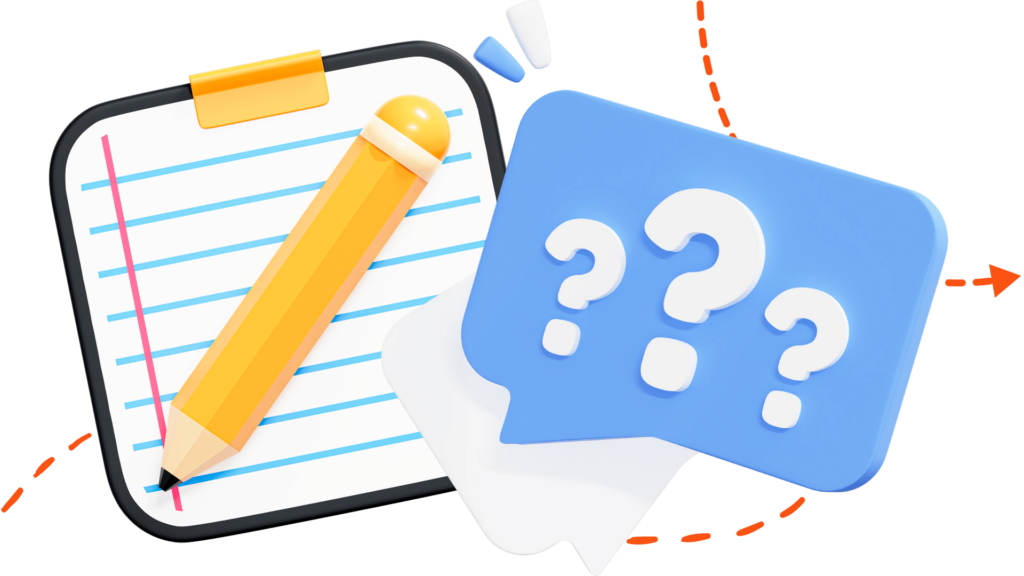
The next stage in the purchase process is the consideration phase, also known as the evaluation phase. In this stage of the digital customer journey, a buyer has defined their problem and has also decided that the problem at hand is worth tackling. They are currently deciding which approach will work best to remedy their current issue at hand.
What Kinds Of Solutions Do Buyers Look At?
It’s important to make sure that you offer a product that offers a clear-cut solution for your customer’s problem. That way, they will keep moving forward in the online customer journey.
To do this, keep these tips in mind:
- Buyers tend to gravitate towards solutions that are known to be easy to implement.
- Buyers also tend to purchase solutions that are more likely to be long-lasting, making it important to emphasize the durability of your products or services.
What are the Make or Break Advantages And Disadvantages?
- Consider your competition’s advantages vs. yours.
- Look at completely different solutions available, even if they aren’t in your specific industry. Think outside the box.
- When you find a disadvantage to the “solution” or product you offer, see if there are ways to minimize the disadvantage, whether it be re-creating the product or remarketing the product a different way. Sometimes, turning the disadvantage into an advantage can be an option for many companies.

Decision Stage
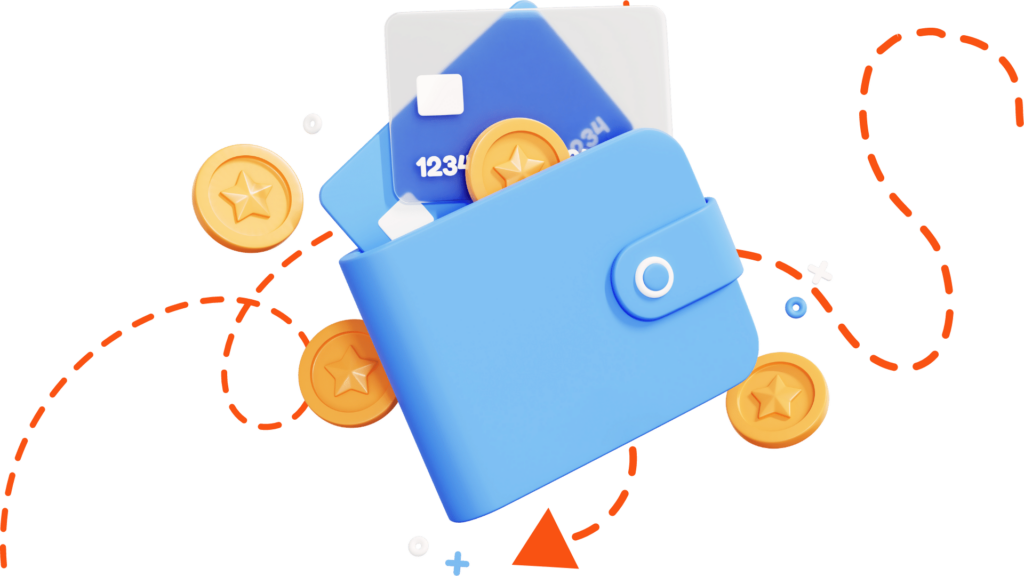
The final step in the digital customer journey is the decision stage. During the decision stage in the digital customer journey, customers will make the final decision as to whether or not they wish to purchase your product.
What Type Of Criteria Do Buyers Use To Make A Choice?
- Price ranges and budgets will typically be a factor in every market for every solution.
- Serious customers, especially those purchasing a product that typically has a long lifetime, will look at several review sites. With so much information so readily available on the internet, it is important to benefit further from customer loyalty by asking current customers to write positive reviews for your company.
Who Needs To Be Part Of The Decision-Making Process?
In some cases, the problem at hand affects multiple people. Thus, making the decision for the solution falls in the hands of multiple people. Sometimes, it’s a business owner purchasing a solution for his or her entire company. Sometimes, the investigator isn’t the buyer. There are a plethora of instances where you, as the business, aren’t dealing directly with the person purchasing the product or service. Some tricks to keep up your sleeve for these instances include:
- Ensuring that you’re familiar with the different occupations of the people who will be making the decision.
- Ensuring that you tailor your page to business owners if your product typically sells to this sector. Be warned: this is significantly different from writing for the general public.
If you, as a business owner, take proactive steps to ensure customer loyalty, such as implementing reward programs and genuinely caring about your customer’s concerns, this step will be much easier.
How Does Your Product Compare?
You will have competition, and some people will think your competition’s product is better. It’s life. People have the option to choose what they, as the buyer think is best. You want as many potential buyers to feel the same way you do about your product, so here are some things that we feel you should consider in order to get as many buyers “on your side” as possible during their digital journey:
- Look at the reviews of the competition, and make sure that you routinely keep tabs on how your reviews compare to these brands.
- If you notice that your reviews are lower than the reviews of your competition, it’s important to speak especially strongly about the advantages of your product and take steps to improve your brand’s reputation. After all, you only get one.
What are the Buyer’s Expectations?
Have you ever seen a product, a show, or anything, where you’ve thought to yourself, “Well, it’s good. Just not good enough”? You don’t want to be this to your potential buyers who are going through their digital customer journey. For this reason, you, as the business owner, should always be conducting market research, always pushing the limits, and always adapting and growing your business. Just because you were the best yesterday does not mean you’ll be the best tomorrow. These are some of the most important things that we feel you consider in order to ensure your business remains on top:
- If you’re in a market where the majority of your competition has a less-than-shiny reputation, use it. Incentivize customers to post reviews on your behalf. Post those reviews everywhere! You want to remind buyers that you are the person they can trust!
- When your product is more expensive than the competition, make sure that your quality is better. Moreover, make sure that the level of quality justifies the difference in price.
- If you’ve got good reviews that reflect customer satisfaction and your product is a tad steeper on the price scale, don’t get lazy. Make sure your product continues to meet buyer expectations. You can’t ride on the coattails of yesterday’s reputation. You’ll ride yourself straight into the mud.
Are Additional Preparations Necessary For Buyers?
Sometimes problems are so big they require a series of steps or products in order to be fixed. If your “solution” or product isn’t a “one-stop shop,” don’t market it as such.
Furthermore, if there isn’t a specific need for your specific product alone, why are you selling it individually?
On the flip side, if your product can act alone to solve a problem, but the buyer may not have the ability or knowledge of how to, then you are responsible for bridging this gap. Here’s what we recommend:
- Offer step-by-step instructions, either in pamphlet form, on your website, etc.
- Offer a customer service line that customers can call for information.
- Make sure your buyers know the requirements for using your product before they buy it. You should feature a list on the packaging, if at all possible.
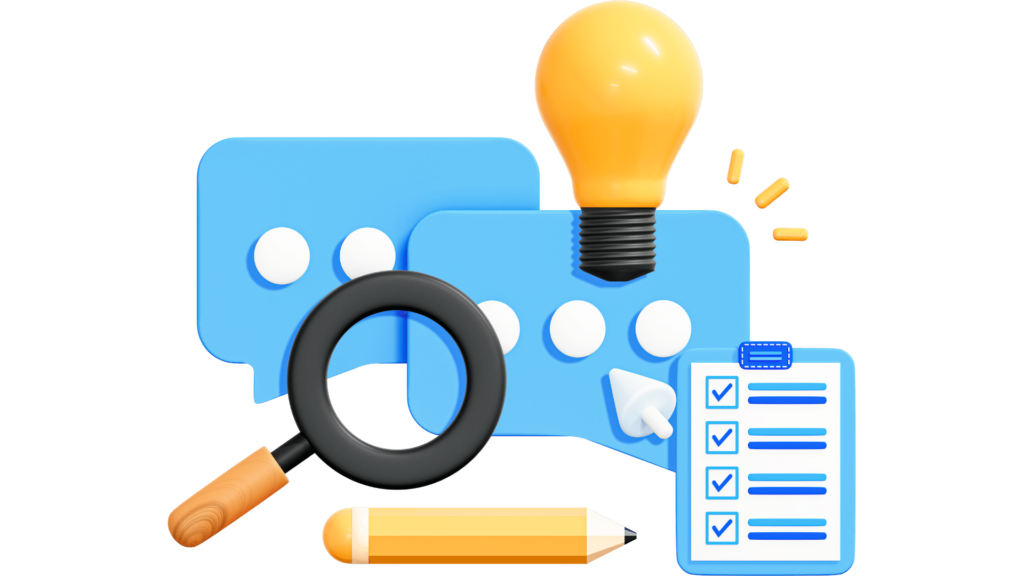
Applying the Digital Customer Journey Map to Your Organic Content
By keeping the buyer’s journey and the questions associated with the sales process in mind, you’ll be able to write content more effectively. Here’s an example of how we would apply the content goals to the different buying journey stages:
- Awareness Stage: Inform business owners that they could be missing out on website traffic by not investing in digital marketing services.
- Consideration Stage: Give business owners information about search engine optimization services and link-building services.
- Decision Stage: Help company owners realize that our transparency methods provide the best value for their marketing strategy.
- Retention Stage: Follow through with our digital marketing claims and ensure that our loyal customers are succeeding in the digital world.
Customers are likely to seek out different options, and this means that you should make comparisons between your brand and other products. You want to be able to provide valuable information for every customer during every stage, not just the final stage. Doing this is oftentimes what sets one company apart from the others.
Defining Buyer Personas
When you’re writing SEO content, how do you know exactly who you’re writing to?
You speak to a doctor differently than you speak to a toddler, or at least, we would hope you do.
When certain attributes come together to form a “type,” we call these demographics, and multiple demographics may be molded together to create customer personas. While the options for demographic combinations are endless, we feel that it can be helpful to start with the few most basic customer personas needed for business:
- Income influence
- Age variables
- Location or geographic region
- Employment status
One of the best ways to collect this information is by market research surveys. Give your current customers an incentive, such as a coupon code, for filling out a brief survey. Another easy incentive is warranty cards.
Understanding The Customer Journey Map
Everyone takes a different path in life. The same can be said for the digital customer journey. The importance of understanding the path that led your buyer to purchase your product or service still stands. All in all, understanding the customer’s journey is crucial when writing your marketing plan and creating a great customer experience.
If you create a great omnichannel customer journey for the vast majority of your target audience, your business will skyrocket. The problem is that most business owners don’t know how to accomplish this.
Mapping Content To The Buyer’s Journey
As digital marketers, we know that content marketing is meant to bridge the gap between awareness and conversions. Not all marketing efforts should be a “hard sell.” The key to your content marketing strategy is to keep digital customer journeys in the back of your mind.
You want to use digital customer journey mapping to provide the right information, to the right people, at the right time, every time. This is how you effectively market your business. Early on, you want to state facts, give references, and analyze data for the potential buyer to see. They don’t trust you. They’ve barely even heard of you.
Next, in the customer journey mapping process, you’ll provide information about how products like yours can affect the buyer in a positive way. You can provide a pitfall analysis and comparisons of various solutions for the problem they are facing. This is not the time to hard sell. They are just warming up to you.
Finally, during the customer journey, you can provide demonstrations of how your product will exceed the buyer’s expectations or how your product performs when compared to the competition. Provide case studies. Now is the time to give the “we look forward to working with you” spiel we know you know all too well. When you market this way, every time a potential buyer presses forward in the buyer’s journey, there you are, with valuable information, to guide them to the next step. In the end, why would they choose any company but yours?
Digital Logic is a digital marketing company based in Northwest Louisiana that works with local businesses and national chains. Give us a call to see how we can ensure that the digital customer journey always turns into a purchase or lead that will benefit your business.


